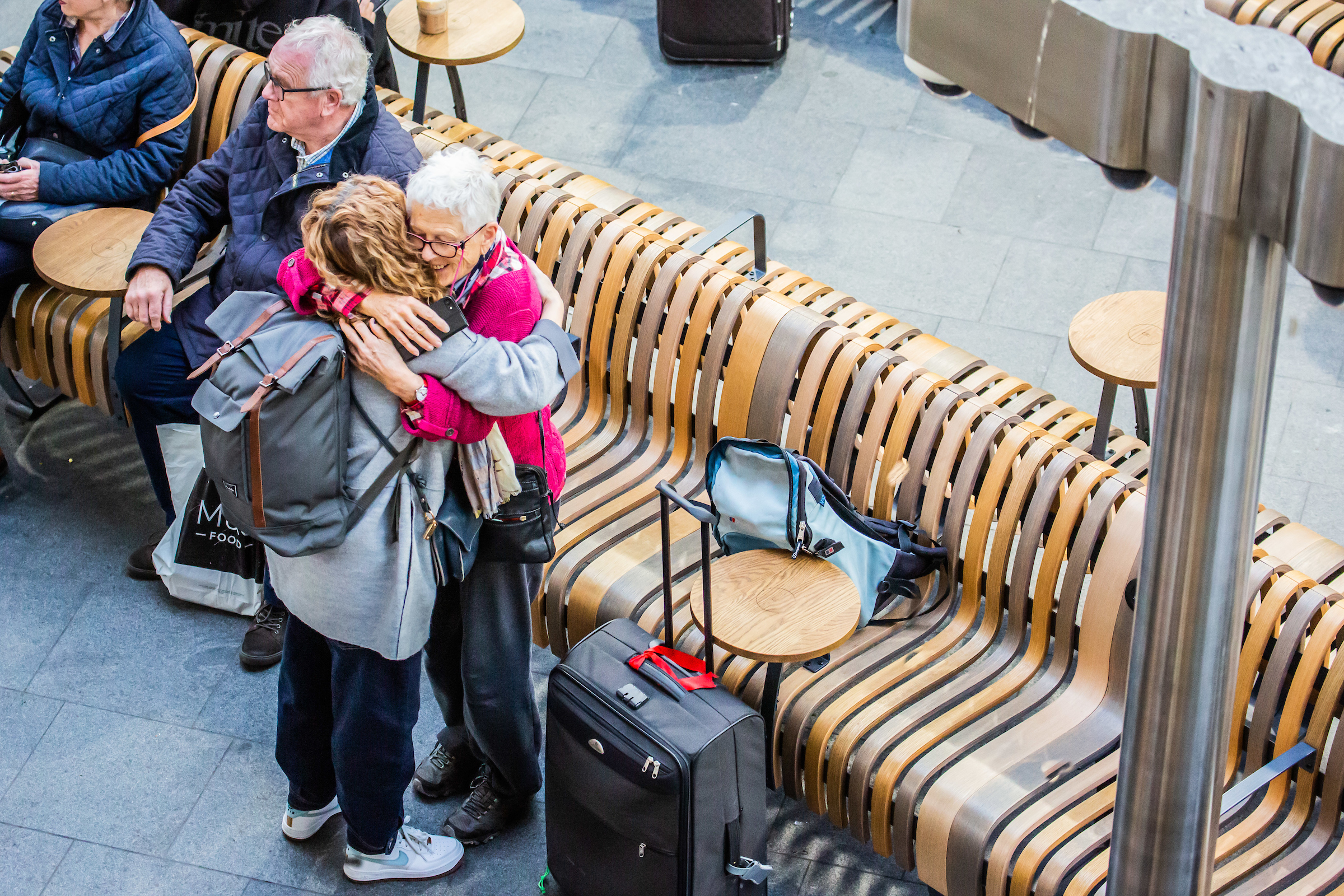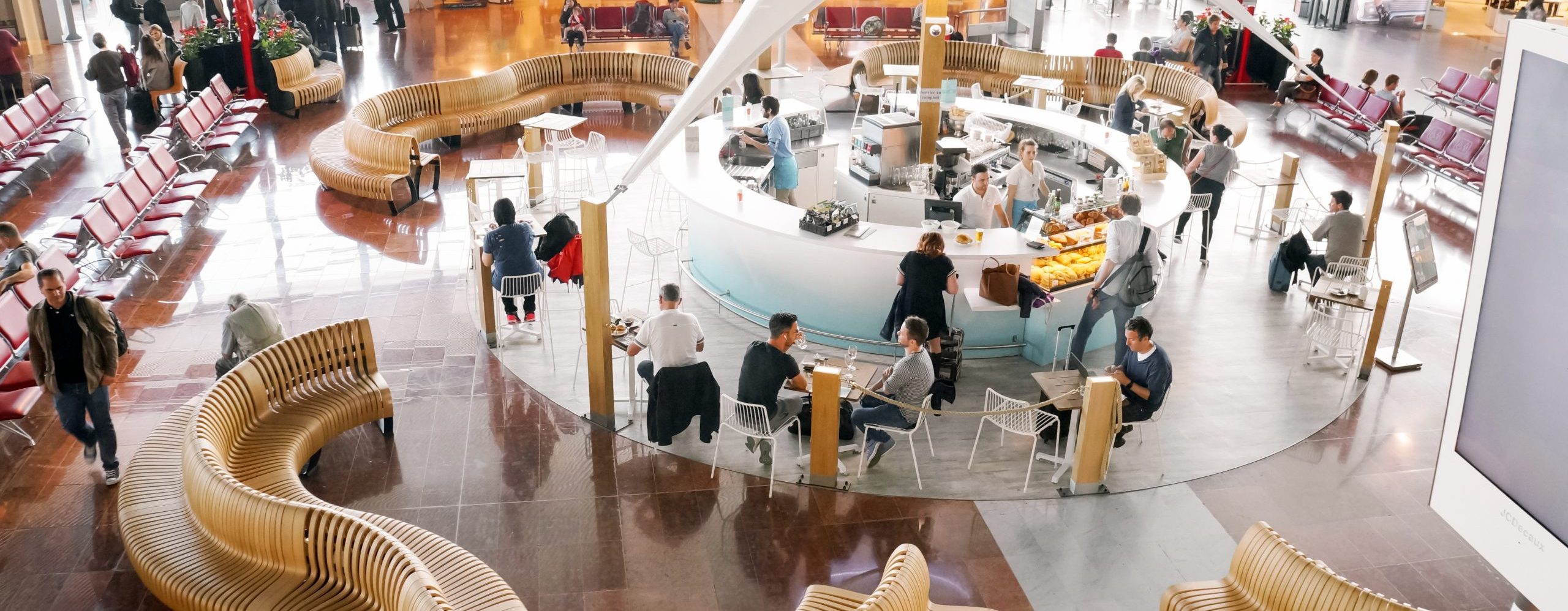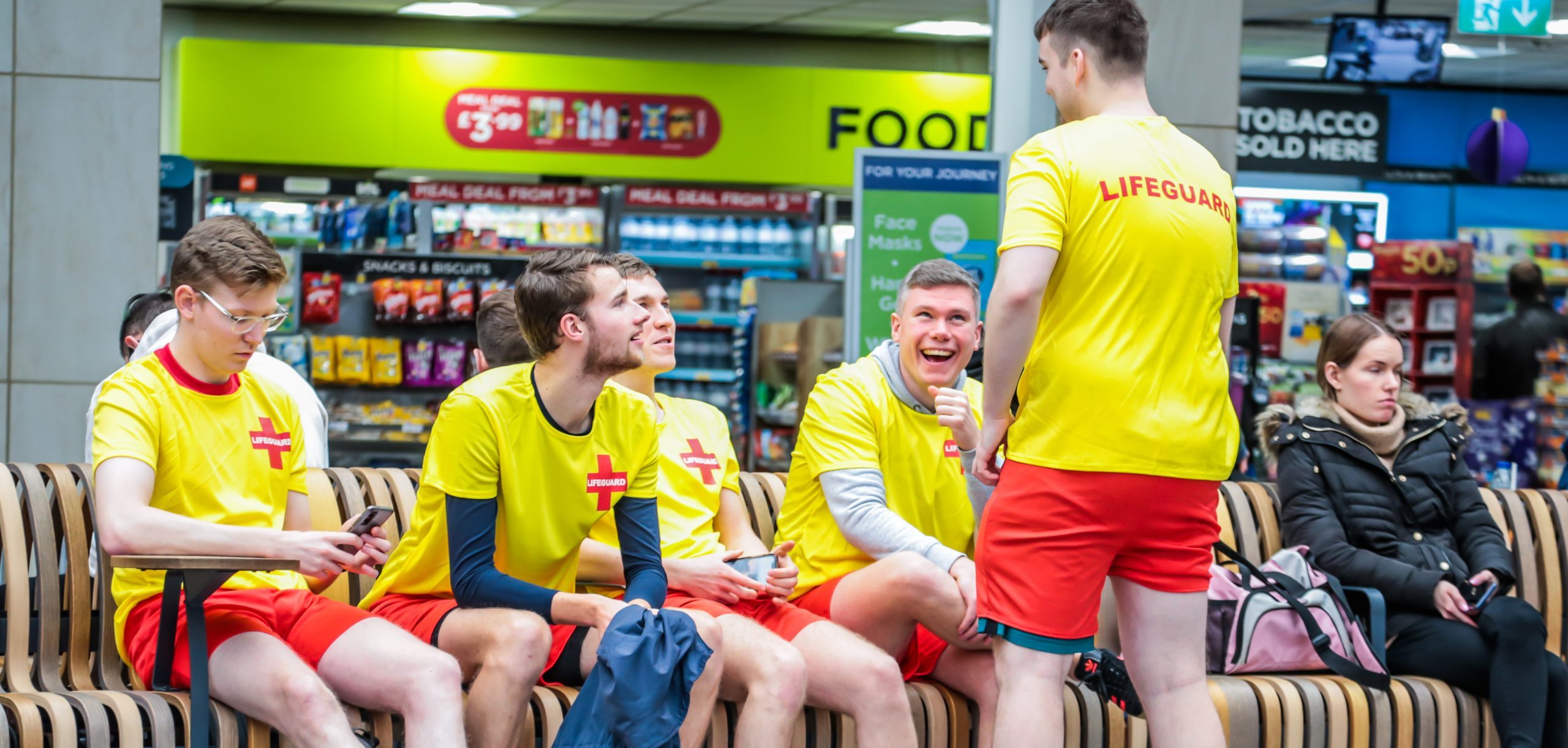Our public space – a platform for interaction
Most furniture designers create objects that are comfortable to sit on, beautiful to look at, and, maybe, solve a problem for the user. But what we also have to realize is that we are designing a platform for interaction. Especially when it comes to public furniture, we are designing something for everyone to share. An island in the public space. A place where people talk, laugh, contemplate and network with each other.
Furniture has always been a part of the social space, ever since we first put logs around a fire pit to sit on and chat about the latest mastodon sighting. Think about it. In virtually every social moment of your life, furniture was there to create a natural place to socialize. Around the dinner table, on a park bench under a tree, or by the bar at a nightclub. The furniture affects how we feel and act. A minimalist space in a muted colour scheme instills a sense of calm and harmony, while lots of furniture and vibrant colours picks up the pace
Physical spaces build stronger relationships
By removing barriers, creating local hubs, and giving users a sense of wellbeing, we design a foundation for friendly conversation and a place to socialise. We have removed the conventional seat dividers from our furniture, replacing them with infinite lengths of seating possibilities. We give users a choice, to maintain a personal space or create an opportunity to meet new people, depending on where they choose to sit. When benches are not split into defined seats, we can scooch together when the place is busy and spread out when it’s calm. And there’s always room for one more. When you break down barriers, you create a platform for something bigger. We call it seamless seating.

No more straight lines
Walk into an airport and you’ll find endless rows of benches in straight lines. Everyone who’s been traveling with friends or family knows how unnatural it feels to sit next to each other in a straight line and still keep a good conversation going. It’s not something you would do anywhere else. When we talk, we use more than 10,000 different facial expressions and more than half of the information we perceive comes from reading facial expressions and body language. That is why sitting in curves or circles so we can face each other is so much better. At the airport, that means we can share our excitement about the trip we’ve been planning for so long with everybody in the group, not just the person sitting next to us.
When we focus on creating positive interactions in and through design, I believe we can do more than just create a place to sit. We can create a place to socialize. A place to build relationships.

